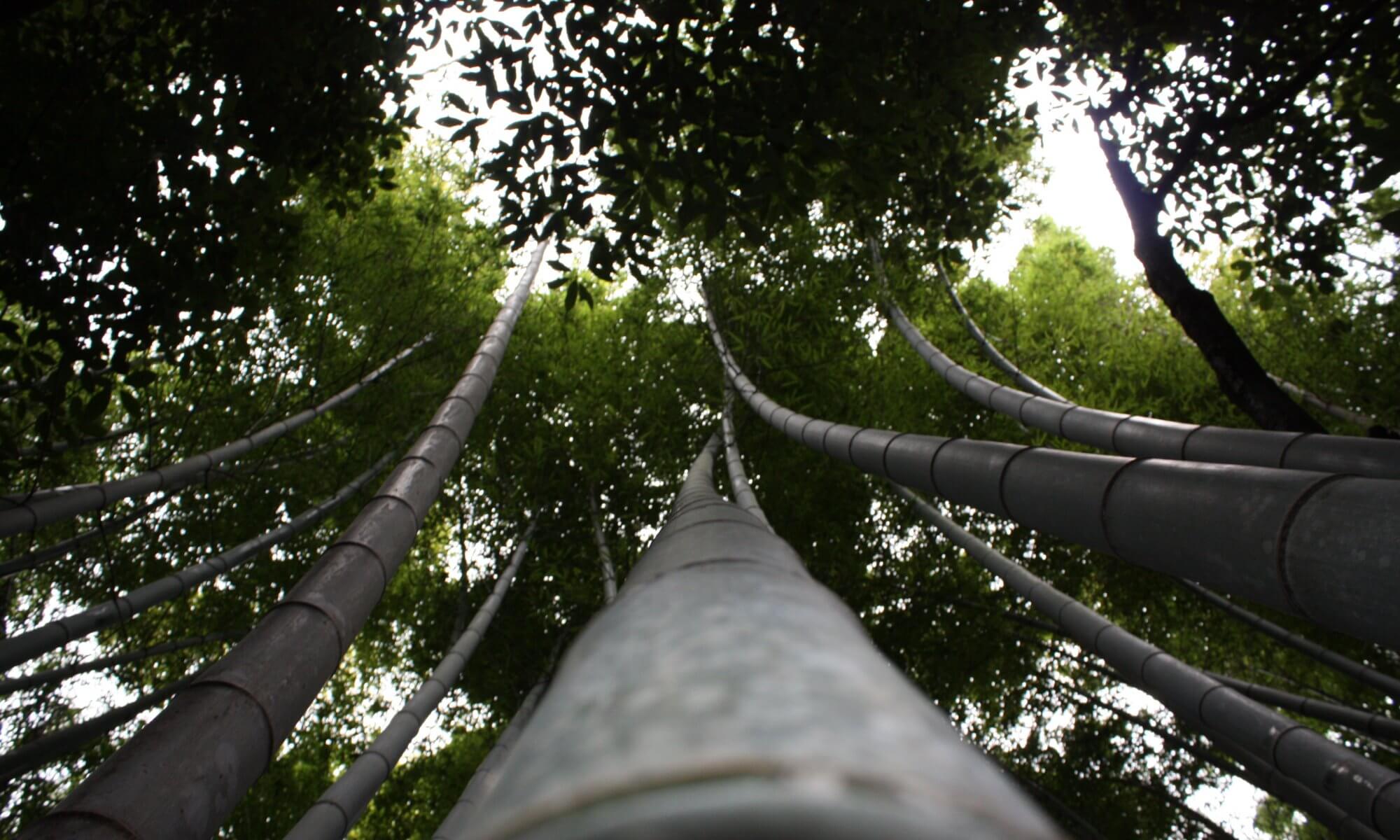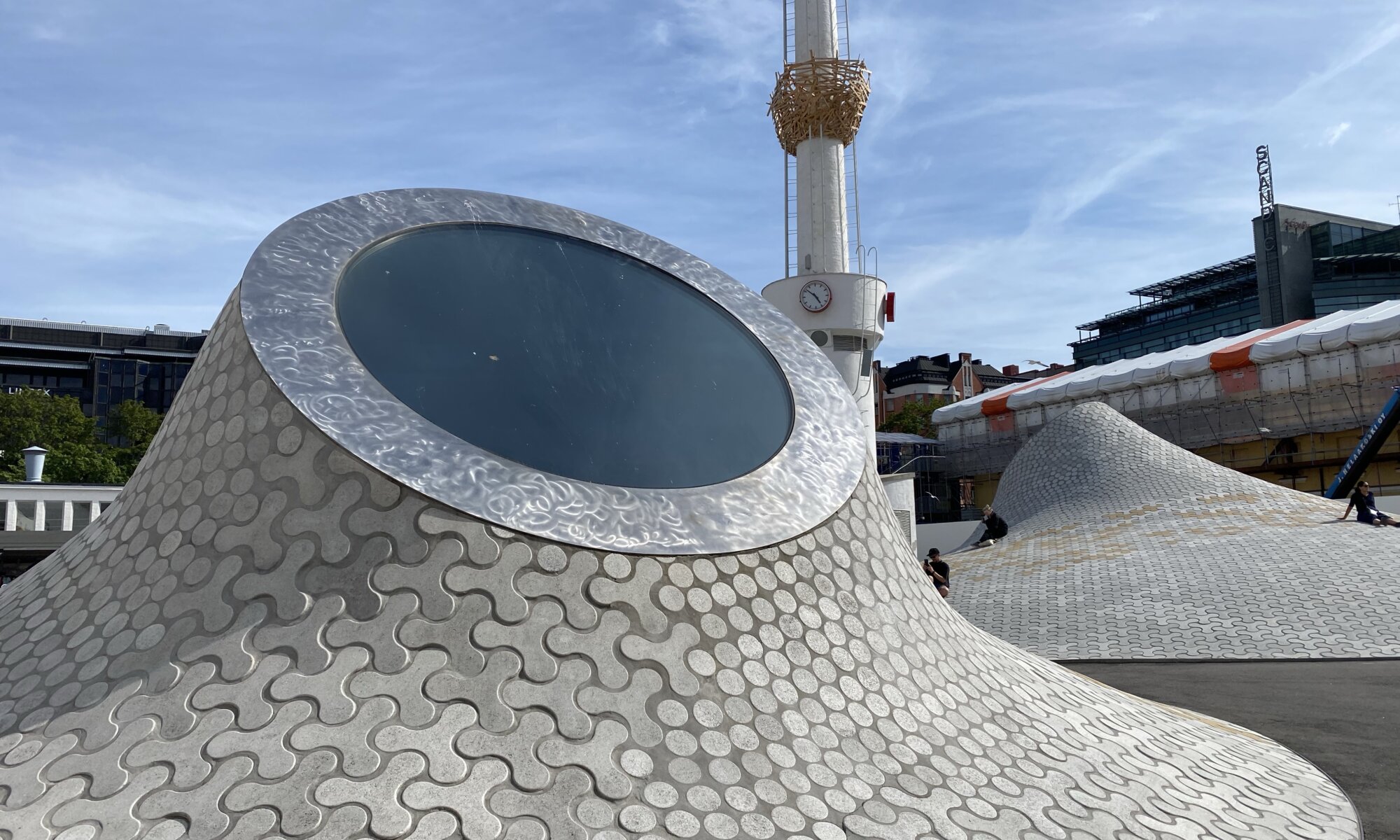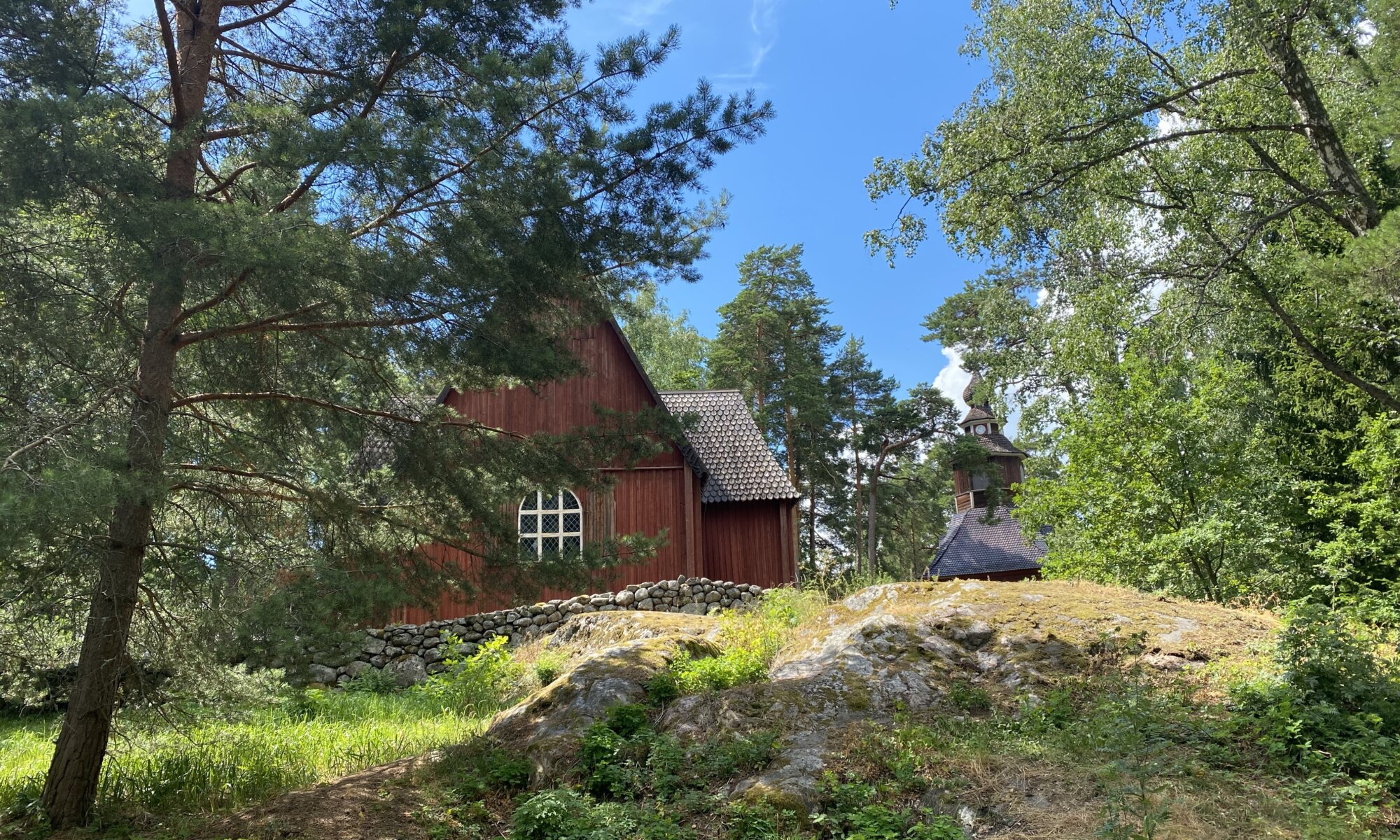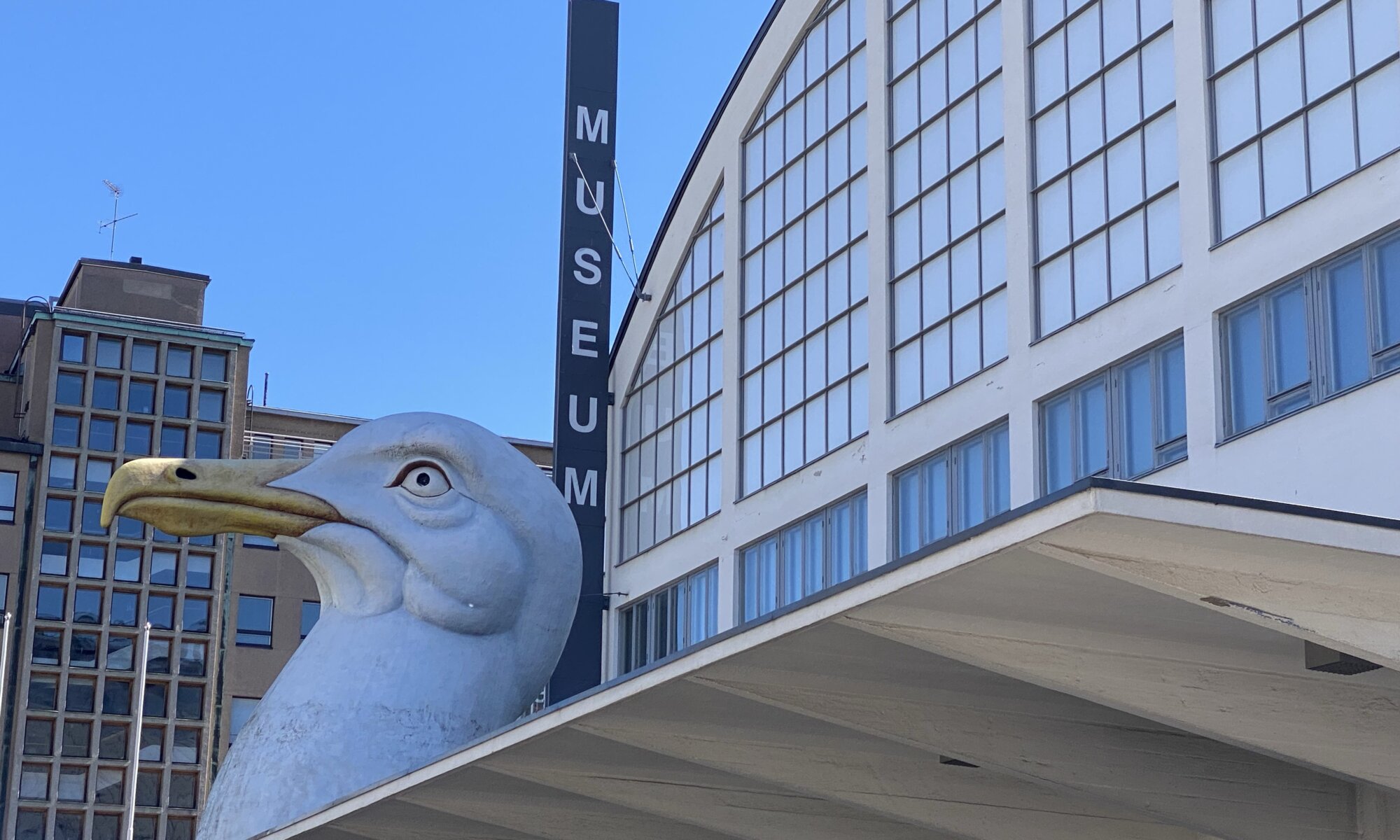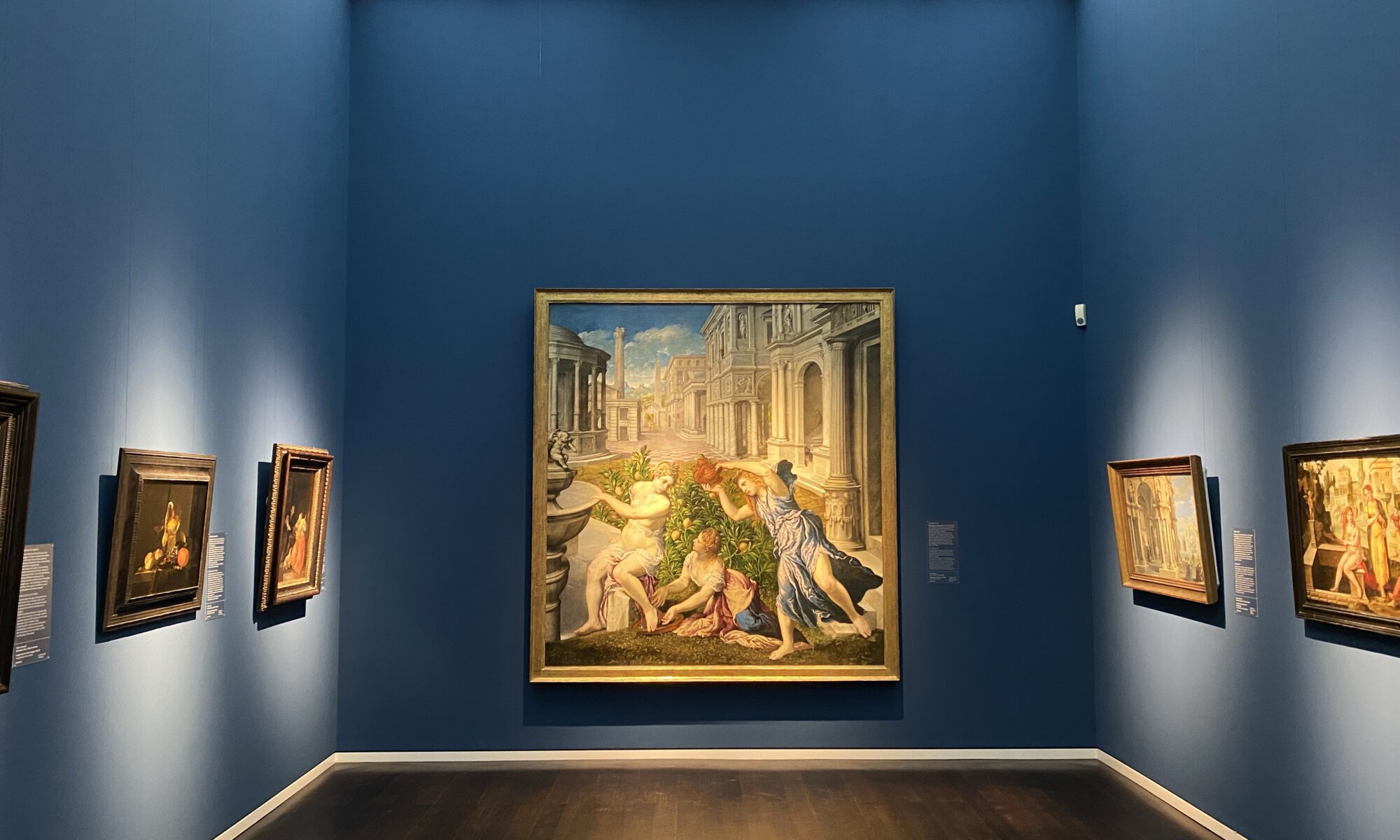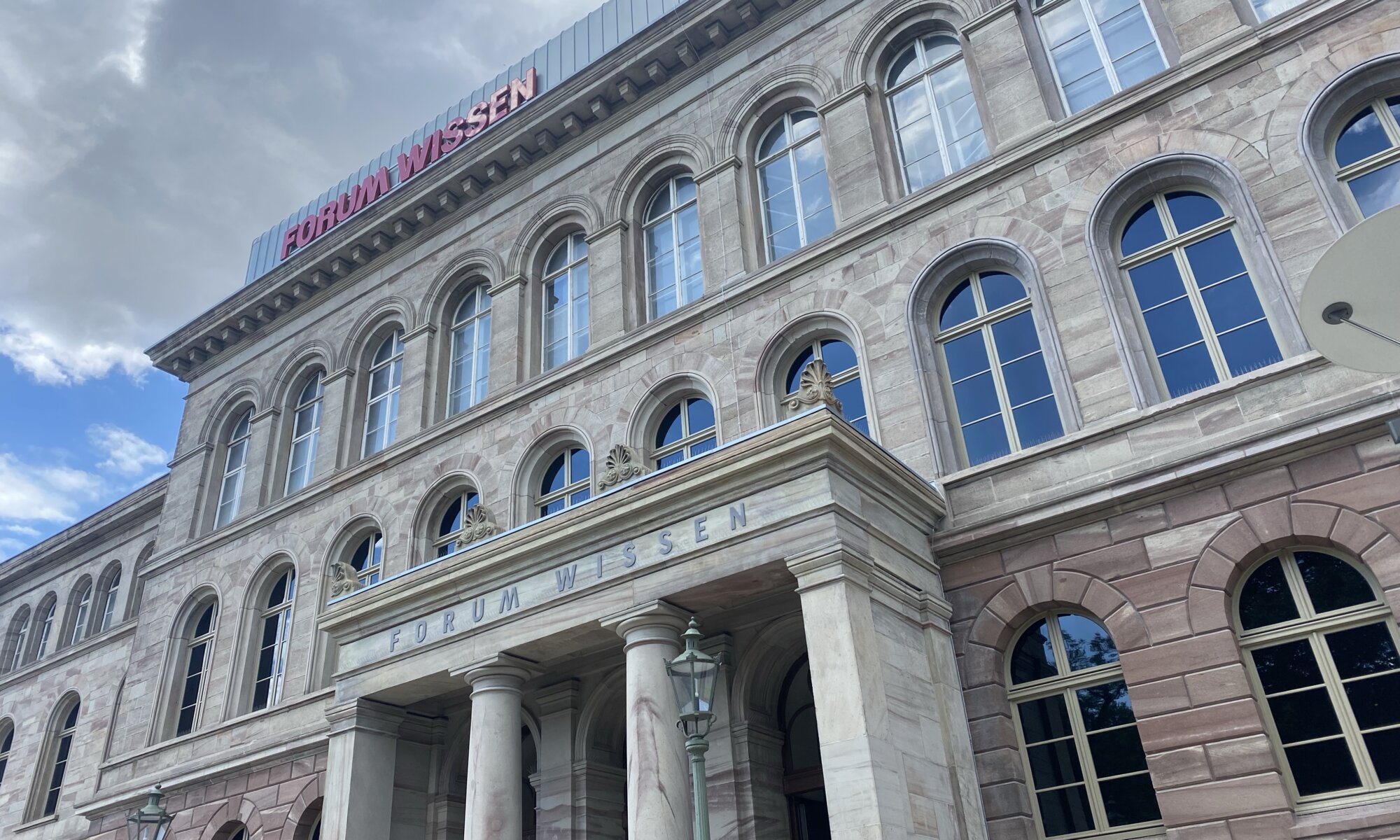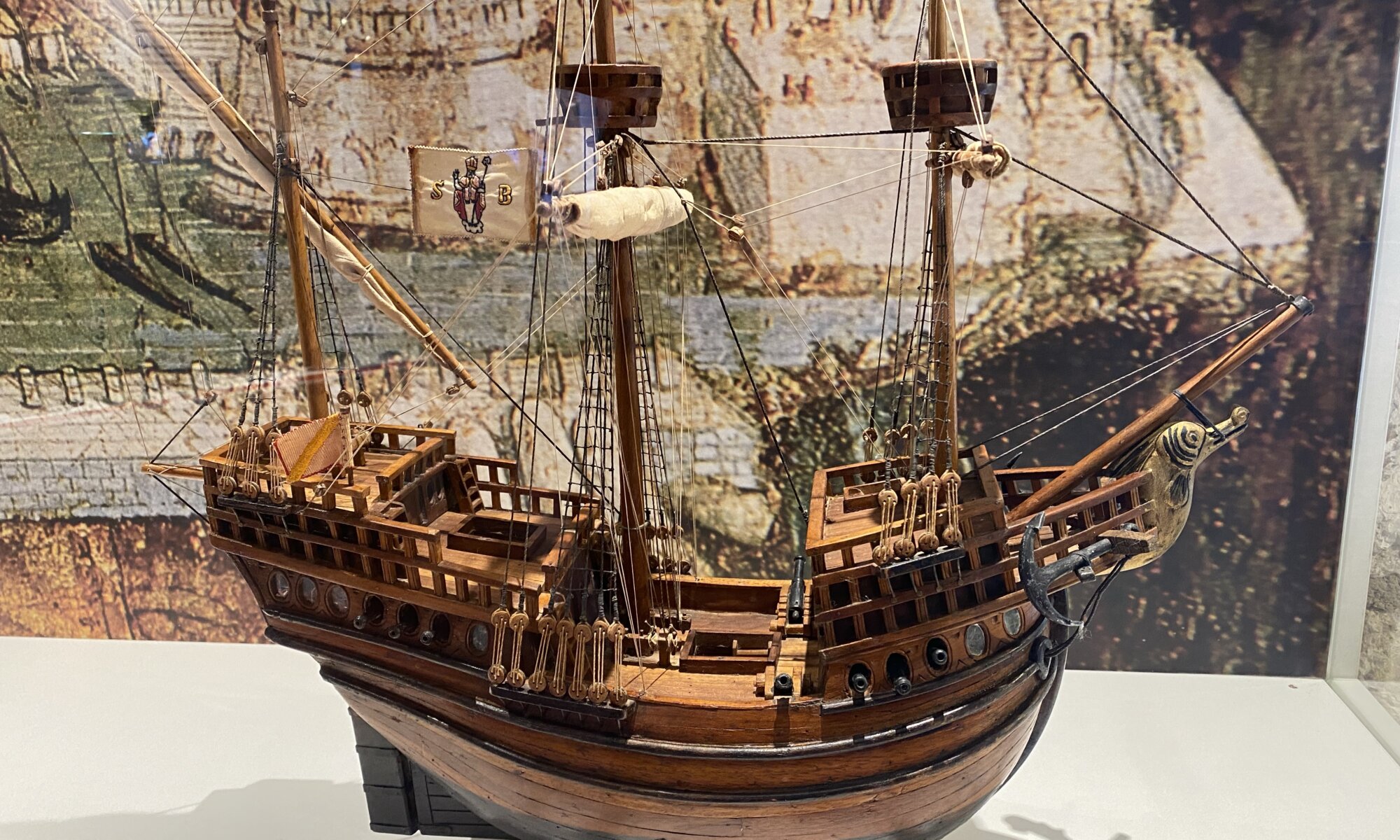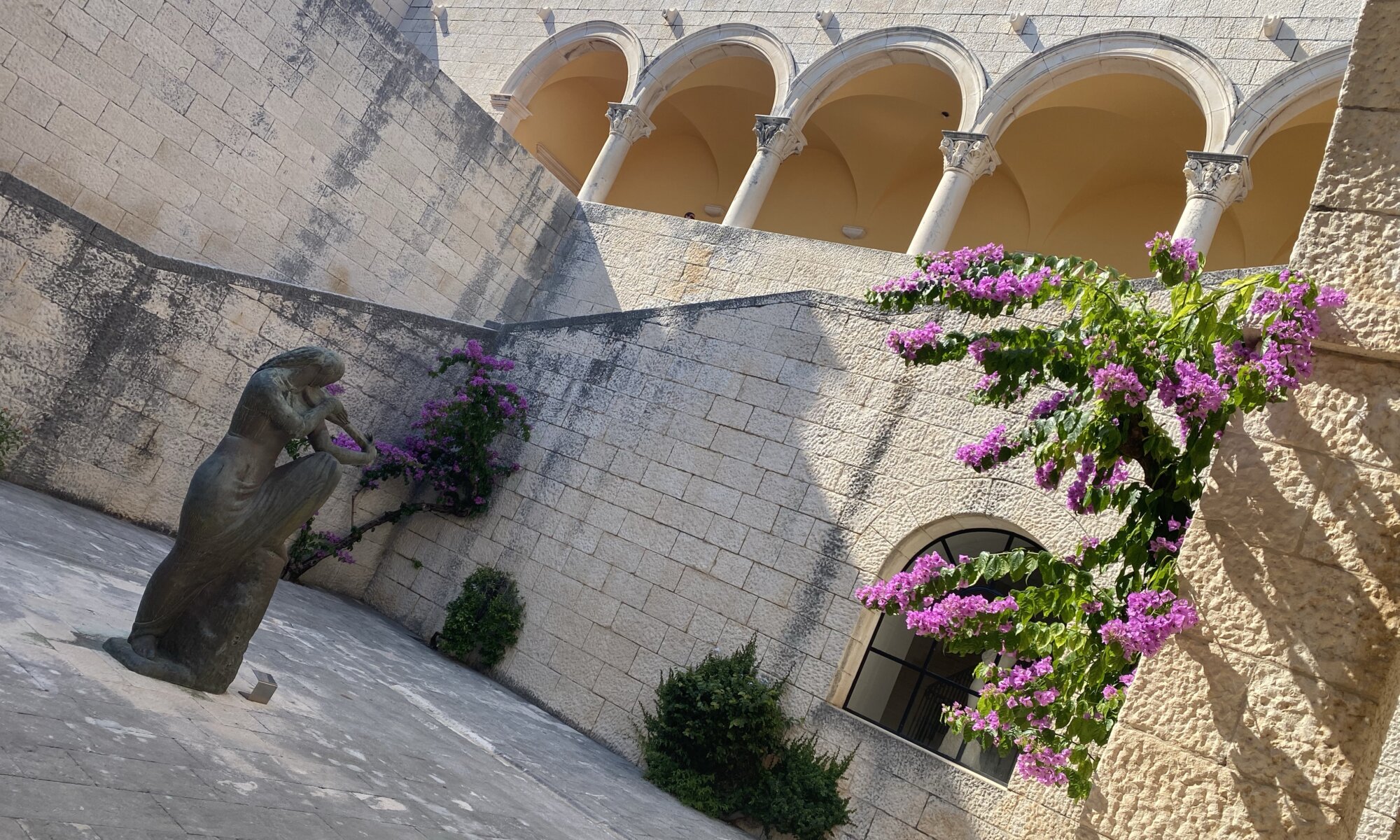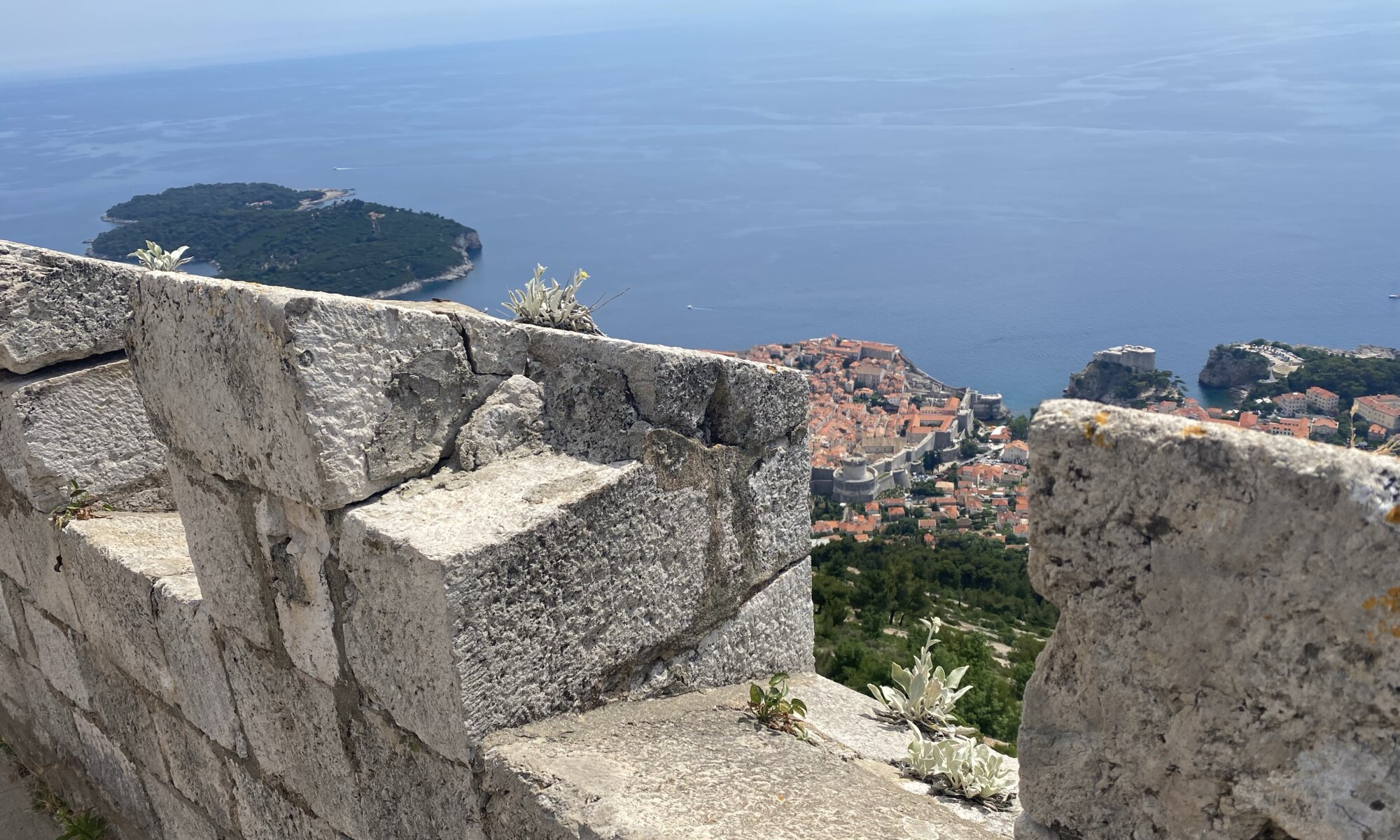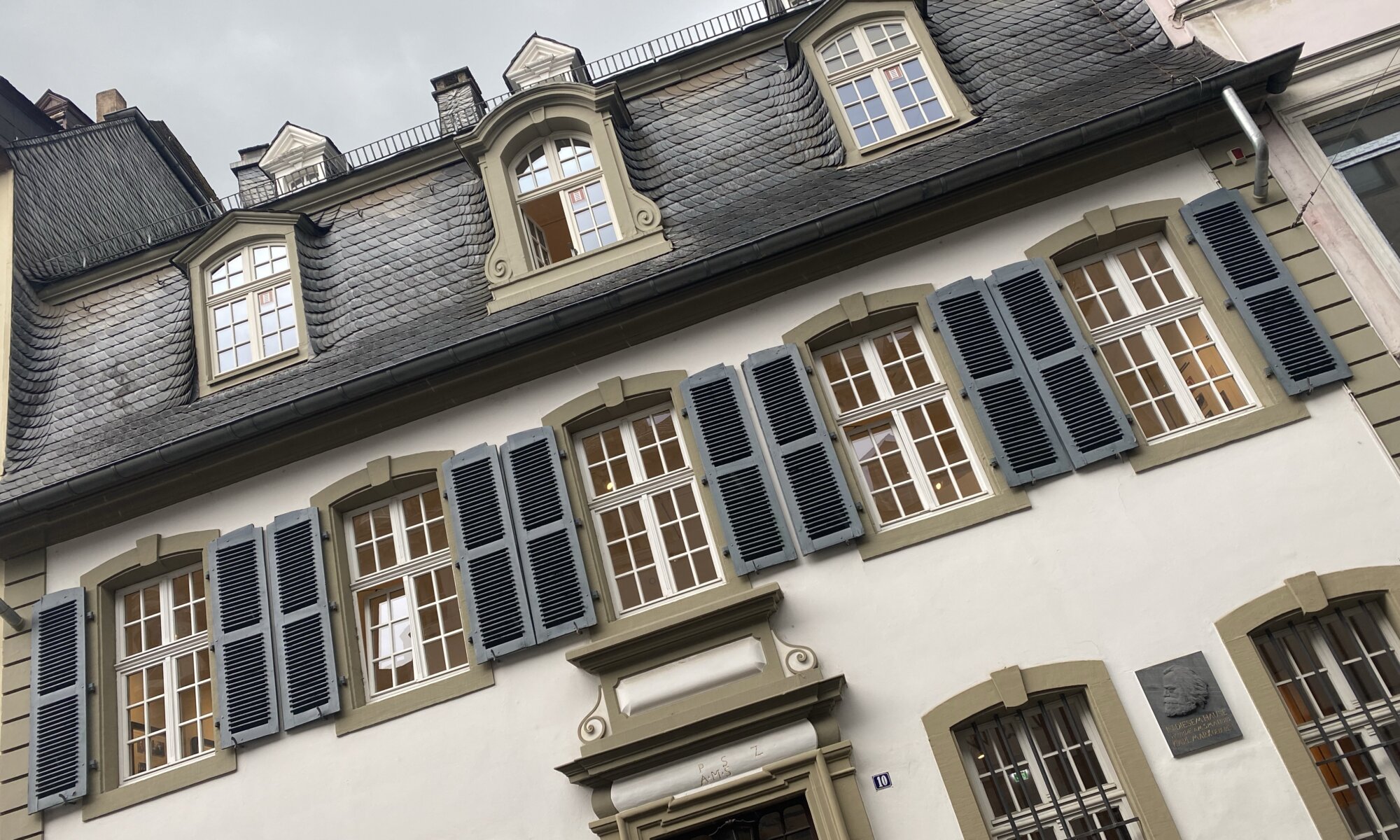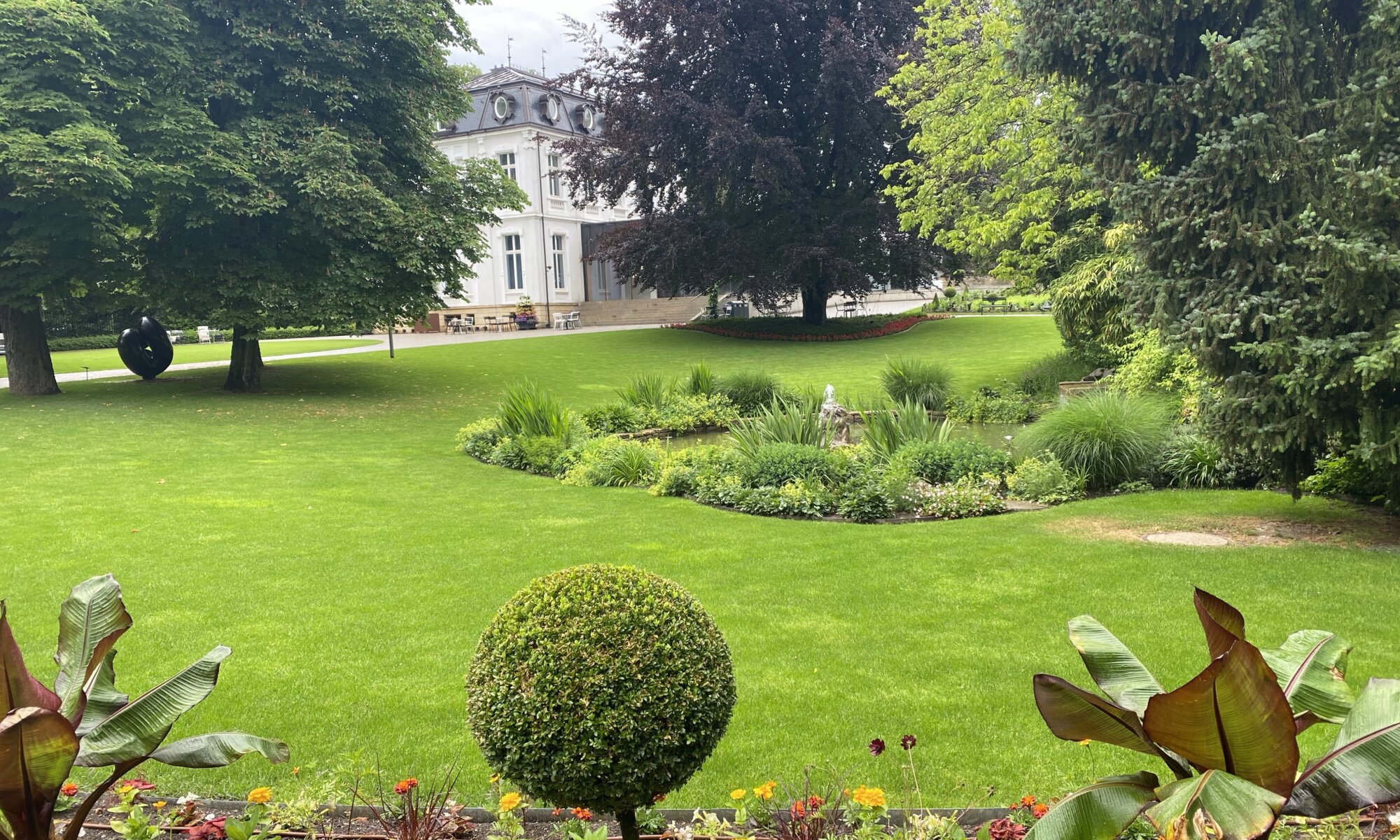The Amos Rex Art Museum is a fantastic exhibition place for art at Helsinki. It has a special location: very close to the city center, but underground. If you want to visit it you need to go to the Lasipalatsi, a functionalist building close to the main railway station. It combines coffee bars, shops, restaurants and a cinema (the Bio Rex). And underneath the Lasipalatsi (glass palace) you can find museum – fortunately the entrance at the building is clearly visible.
Continue reading “Subterranean”Time-travel
The island Seurasaari in the north-west of Helsinki gives you the option to travel in time. An open-air museum exhibits 87 buildings from the Finnish countryside that have been built between the 17th and the 20th century and later transported to the island. This includes farm buildings, a church and even a mill. The staff is dressed-up in historic clothes and able to tell you more about the function of the buildings and rural life in the past.
Continue reading “Time-travel”HAM
The city of Helsinki has an own art collection which consists of 9,000 works. A lot of them are on display in public places, a concept I really like. The rest of them can be found at the Helsinki Art Museum (or short: HAM). Part of the presented works is a permanent exhibition of paintings by Tove Jansson whom we all mostly know as the creator of the Moomins. As she was born and died in Helsinki, the HAM takes care of her legacy.
Continue reading “HAM”Wallraf-Richartz-Museum
If you’re visiting Köln, Germany, and you’re into art – have a look at the Wallraf-Richartz-Museum in the city center. It is a beautiful and classy art museum that presents sacred and profane art and opens up new perspectives on ancient artworks. If religious art is nothing for you, you can enjoy wonderful impressionist and neoimpressionist works from the Fondation Corboud as well.
Continue reading “Wallraf-Richartz-Museum”Forum Wissen
The university of Göttingen has a wide range of scientific collections. Most of them are open to the public, but they’re distributed throughout the city and only accessible in very limited time frames. Therefore most inhabitants don’t know the treasures stored in the city. This changes with the Forum Wissen which was opened in 2022. It serves as a portal to these collections and presents important items at a central and well-accessible place.
Continue reading “Forum Wissen”Seafaring history
Ragusa and later Dubrovnik were always seafaring cities. They received their wealth by trading goods via the Mediterranean sea and had large and well-known fleets. Therefore it is no surprise that within the old city walls you’ll find a small museum on seafaring history: the Pomorski Muzej or Maritime Museum.
Continue reading “Seafaring history”MOMAD
Dubrovnik hosts some small museums in the historic city center, especially on seafaring and natural history. If you want to enjoy a more modern and large museum you need to leave the city center through the Ploče gate towards the East. After some meters you’ll find the wonderful Museum of Modern Art (or short: MOMAD) close to the shore of the Mediterranean sea.
Continue reading “MOMAD”Under attack
It is rather uncommon that national states appear and disappear, but when it happens it is most often associated with large pain and bloodshed. That is especially true for Yugoslavia which was artificially created after World War I. It was planned as a state for south Slavic people, but this group was too heterogenous to grow together. Different ethnic groups, mostly Orthodox Serbs, Catholic Croatians and Muslim Bosniaks aimed either for predominance or autonomy. And Albanians, Hungarians, Macedonians, Montenegrins and Romani found themselves in between.
Continue reading “Under attack”Birthplace of Karl Marx
Most people in the world probably know Karl Marx: the author of the Communist Manifesto and Das Kapital (Capital: A Critique of Political Economy), the father of Marxism and famous thinker of the Socialist and Communist world. But did you know that he was born at Trier, Germany?
Continue reading “Birthplace of Karl Marx”Villa Vauban
Sébastien Le Prestre de Vauban was a French general and an expert in fortification building. He was responsible for many fortresses and fortifications in the French-speaking world and also created a fortress in Luxembourg. As a result of the London Conference of 1867 the fortification of Lëtzebuerg was removed and on the grounds of the former fortress built by Vauban a villa was created in 1873. As the rest of the fortifications has been converted into a large park, this villa is now standing in a nice green area close to the city center.
Continue reading “Villa Vauban”